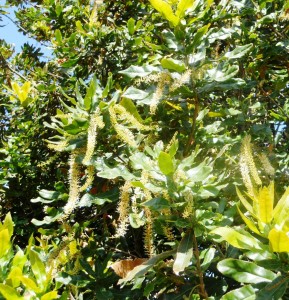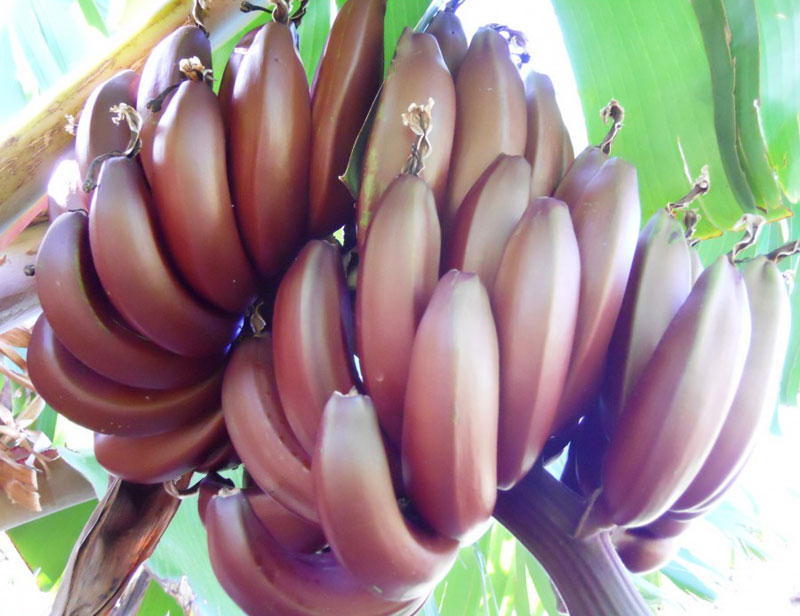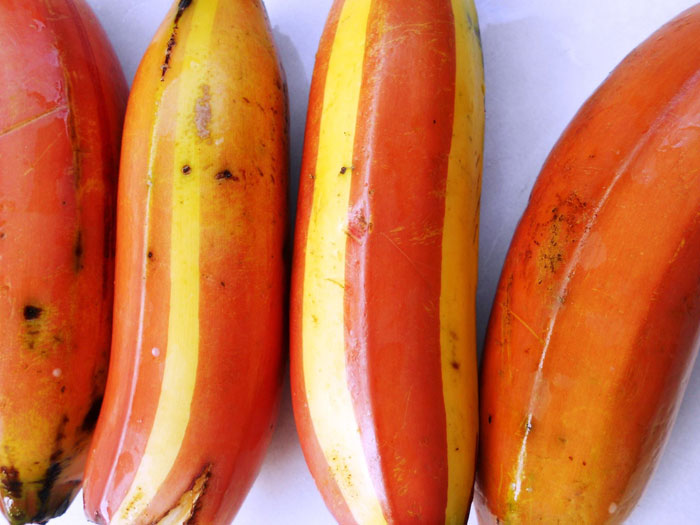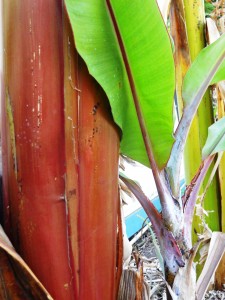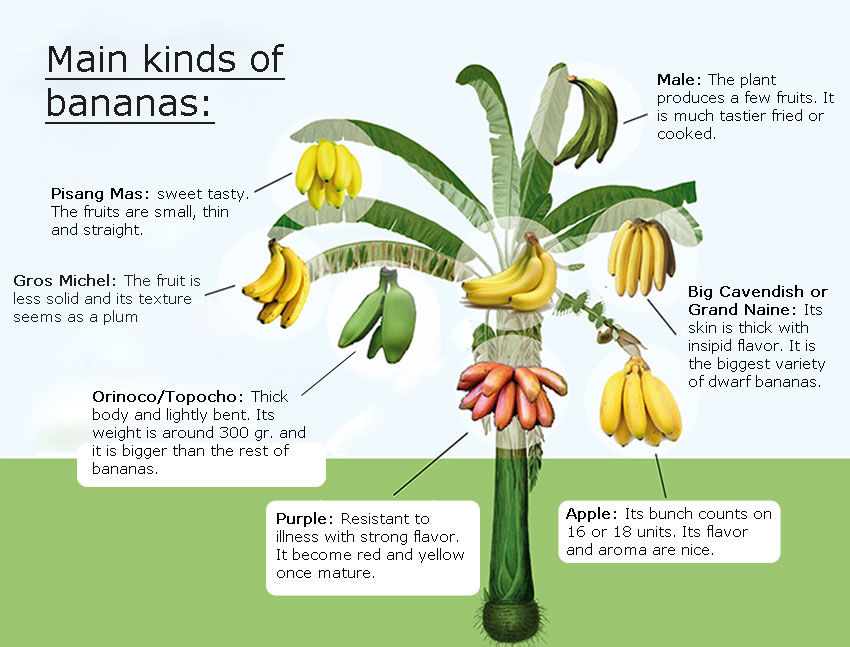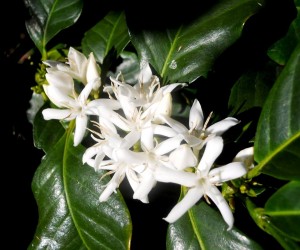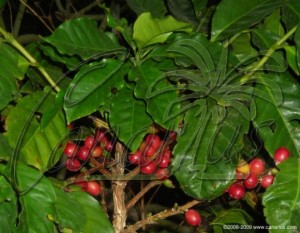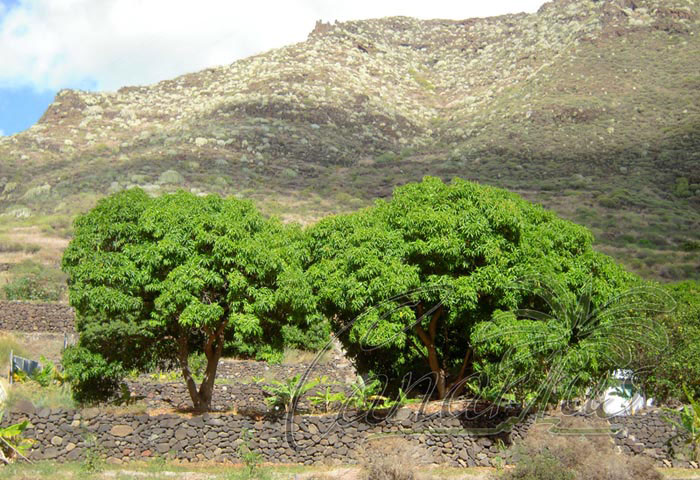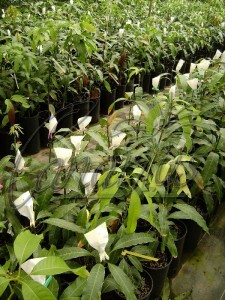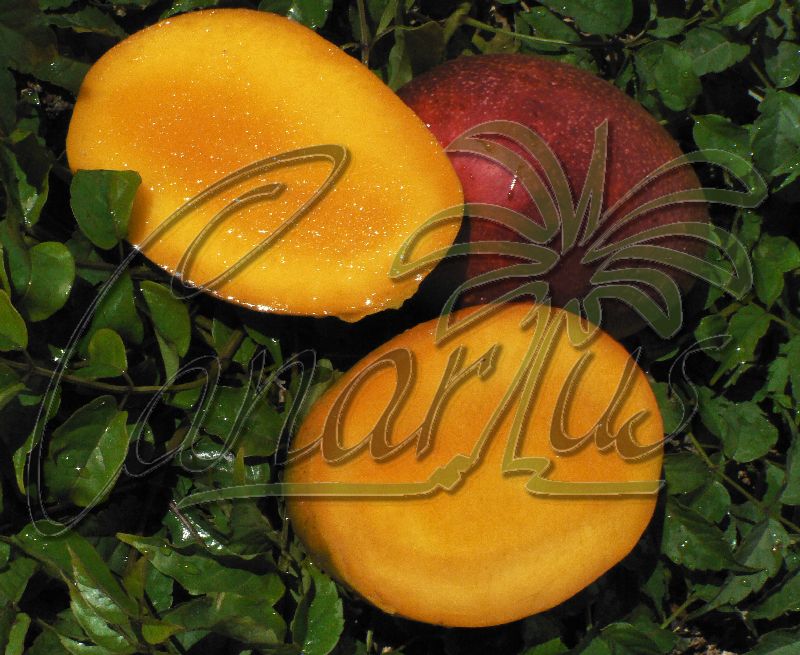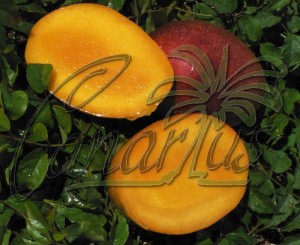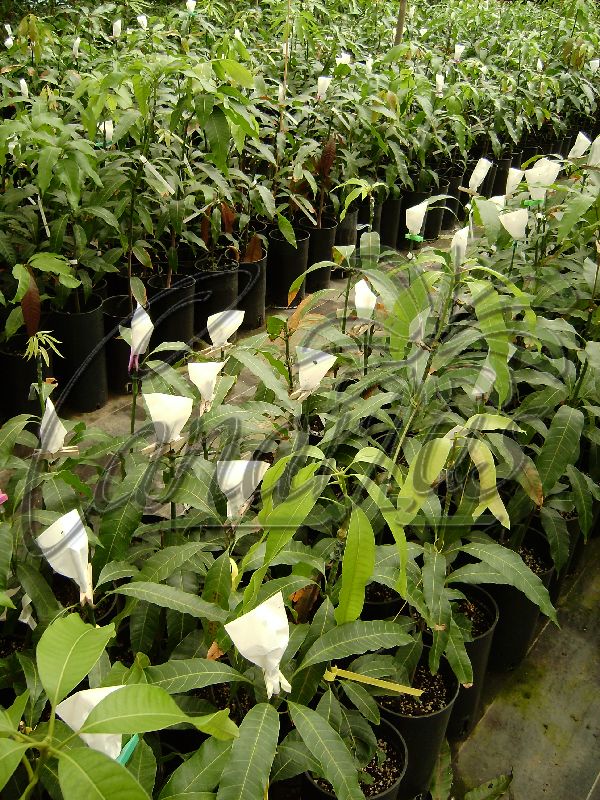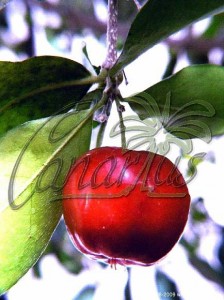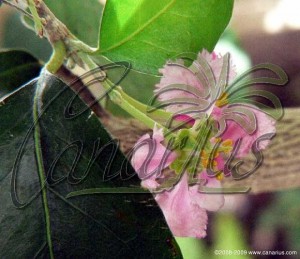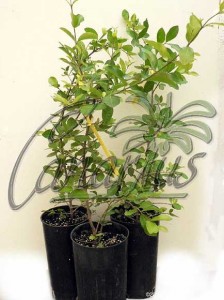Coffee arrived in Europe around 1600 via Venetian merchants. And, despite first being rejected by the Church, coffee has become one of the most popular and in demand drinks in the West.
In the 19th century, demand in Europe was quite often outstripping supply. However, world coffee production isn’t focused only on this continent, but also in tropical areas: South America (Brazil and Colombia in particular), Vietnam, Kenya and the Ivory Coast, among others.
A production line that, despite assertions, makes a stop in Europe: the Canary Islands. Favourable weather temperatures, low rainfall, features volcanic terrain… The Canary Islands have become one of the few (almost only) coffee production sites in Europe.
Coffea arabica plant (local Canarian)
Namely, at Canarius we grow a unique coffee thanks to the excellent weather conditions of Macizo de Anaga (Tenerife, Canary Islands). Such is the case of the Coffea arabica plant (local Canarian).
One of the secrets to obtaining this coffee is condensed heat of the Massif and the plant’s acclimatisation to the ground conditions. Also, camouflaging among various fruit trees such as avocado, orange or mango provides shade to the plant needed to grow and make coffee beans.
The arabica coffee (Coffea arabica) is a shrub of the Rubiaceae family, native of Ethiopia and Yemen; it’s the main species cultivated for the production of coffee (obtained from the roasted seeds), and the oldest known as yet in agriculture.
With luck and patience, you could grow coffee at home by roasting the seeds in the oven. Remember that on our online store, Canarius, we offer a branched plant ready to bear fruit in about a year.
There are other places in the Archipelago also struggling to preserve their coffee making tradition. Such is the case of coffee from Agaete (Gran Canaria), another area that’s become a major tourist attraction of the island.
















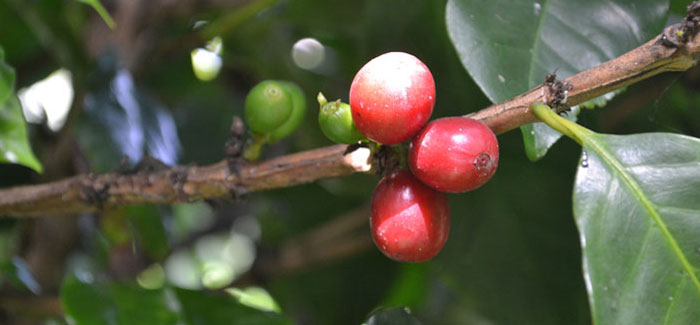
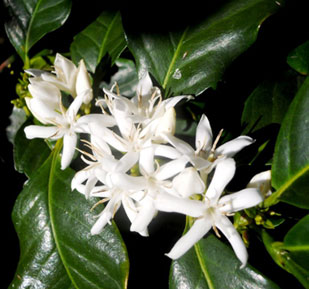

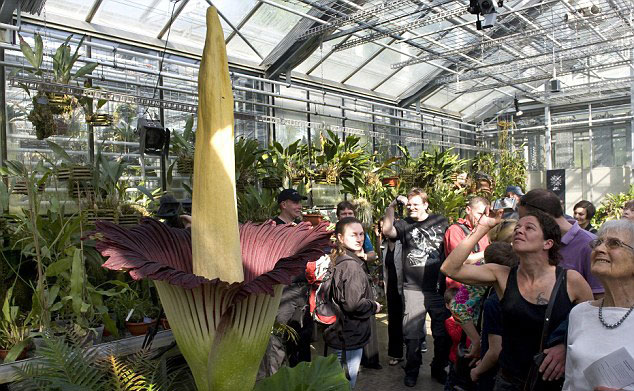
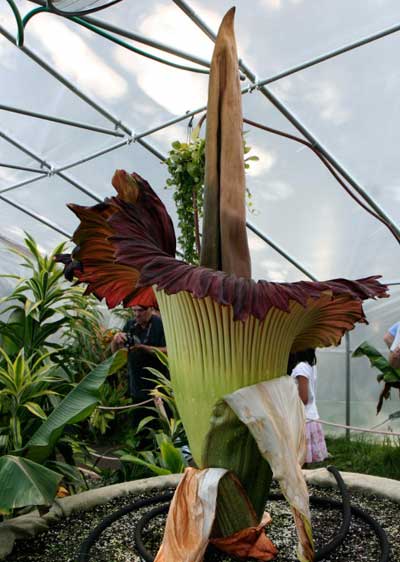
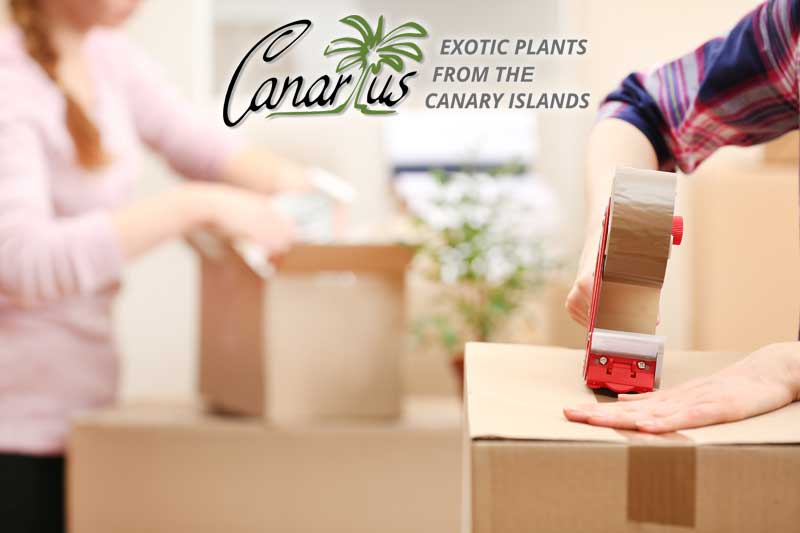
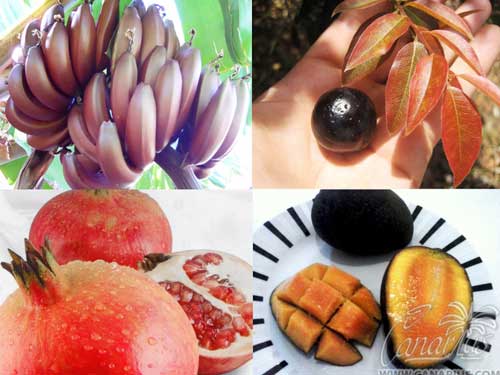
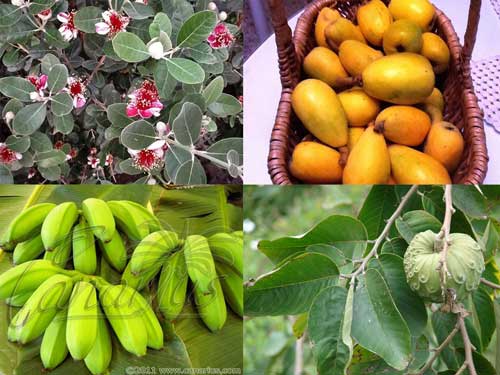
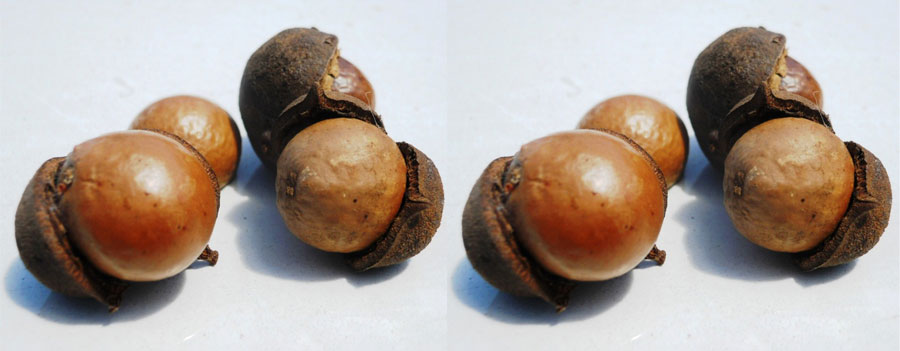
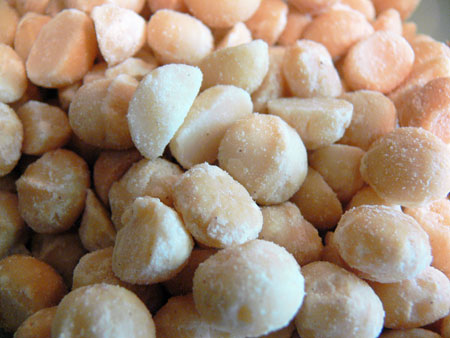 The leaves are quite ornamental, deep green with serrated margins. Flushes of juvenile foliage are yellow, red or maroon for a while. It has long, pendent creamy pink to purple flowers, followed by woody rounded fruits that contain the edible nut. Macadamia nuts provides cardiovascular benefits and attributes due to the presence of the fatty acids Omega-3 (healthy fats which help our nervous system). Furthermore, in order to enjoy an optimal and normal level of cholesterol, it is essential to maintain a care lifestyle with healthy diets.
The leaves are quite ornamental, deep green with serrated margins. Flushes of juvenile foliage are yellow, red or maroon for a while. It has long, pendent creamy pink to purple flowers, followed by woody rounded fruits that contain the edible nut. Macadamia nuts provides cardiovascular benefits and attributes due to the presence of the fatty acids Omega-3 (healthy fats which help our nervous system). Furthermore, in order to enjoy an optimal and normal level of cholesterol, it is essential to maintain a care lifestyle with healthy diets. 